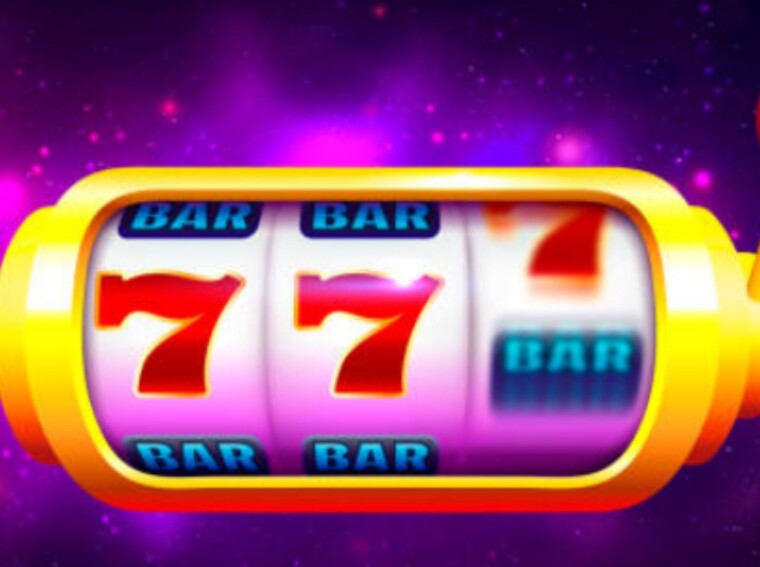Color psychology plays a significant role in the design of slot games, influencing player engagement, emotions, and behavior. In the highly competitive world of online gaming, understanding how colors affect players can make the difference between a game’s success and failure. This article delves into the intricacies of color psychology and its impact on slot game design, providing insights into why certain colors are chosen and how they contribute to the overall gaming experience.
Understanding Color Psychology
Color psychology is the study of how colors influence human emotions and behavior. It is a critical aspect of marketing, branding, and product design, including the development of slot games. Different colors evoke different responses, and designers leverage these responses to create engaging and appealing games. For example, red can stimulate excitement and urgency, while blue may evoke feelings of calm and trust.
The Importance of Color in Slot Game Design
In the realm of slot game design, color is not just an aesthetic choice but a strategic tool. Designers use color to:
-
Attract and Retain Players
The first impression is crucial in attracting players to a slot game. Bright and vibrant colors can catch a player’s eye and make the game stand out among countless others. Once the player starts playing, the color scheme continues to play a role in retaining their interest. A well-designed game with a thoughtful color palette can enhance the overall experience and encourage prolonged engagement.
-
Influence Emotions and Behavior
Colors can significantly impact a player’s emotions and behavior. For instance, warm colors like red, orange, and yellow can create a sense of excitement and energy, motivating players to keep spinning the reels. On the other hand, cool colors like blue and green can have a calming effect, making players feel more relaxed and comfortable. By understanding these emotional triggers, designers can create a more immersive and enjoyable gaming experience.
The Psychological Effects of Specific Colors in Slot Games
Different colors have different psychological effects, and their strategic use in slot games can enhance the player’s experience. Let’s explore some common colors used in slot game design and their psychological impact.
Red: Excitement and Urgency
Red is a powerful color associated with excitement, passion, and urgency. In slot games, red is often used to highlight important features such as the spin button, bonuses, or jackpots.

The stimulating effect of red can increase players’ adrenaline and encourage them to play more actively.
Blue: Trust and Calm
Blue is commonly associated with trust, calmness, and stability. It is often used as a background color in slot games to create a serene and inviting atmosphere. Blue can help players feel more relaxed, reducing stress and promoting longer gameplay sessions.
Case Studies: Successful Use of Color in Slot Games
Several popular slot games have successfully utilized color psychology to enhance player engagement and enjoyment. Let’s look at a few examples.
Starburst by NetEnt
Starburst, developed by NetEnt, is one of the most popular slot gacor games worldwide. The game’s success can be attributed in part to its vibrant and colorful design. The use of bright, jewel-toned colors creates a visually stunning experience that attracts and retains players.

The combination of purple, blue, and green creates a sense of luxury and excitement, while the bursts of color during winning spins enhance the feeling of reward.
Gonzo’s Quest by NetEnt
Another successful slot game by NetEnt, Gonzo’s Quest, uses color to create an immersive and adventurous experience. The game’s design features earthy tones like green and brown, which evoke a sense of exploration and nature. The use of gold for winning symbols adds a touch of luxury and excitement, encouraging players to continue their quest for treasures.
Conclusion
Color psychology is a powerful tool in slot game design, influencing player emotions, behavior, and overall engagement. By understanding the psychological effects of different colors, designers can create visually appealing and emotionally engaging games that attract and retain players. The strategic use of color can enhance gameplay elements, highlight important features, and create an immersive gaming experience.

